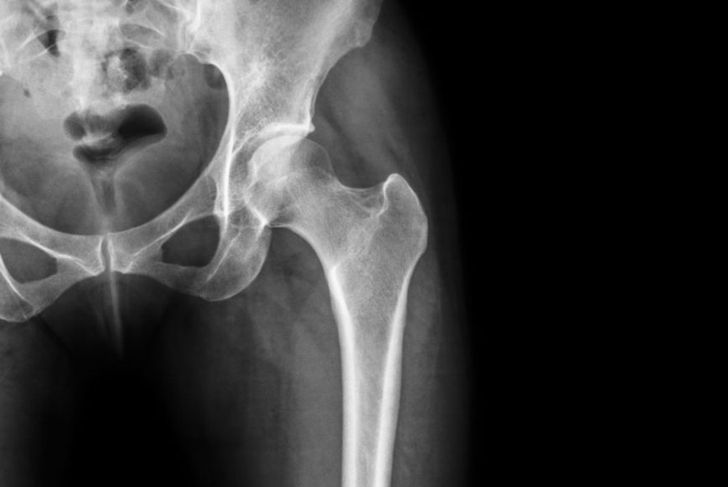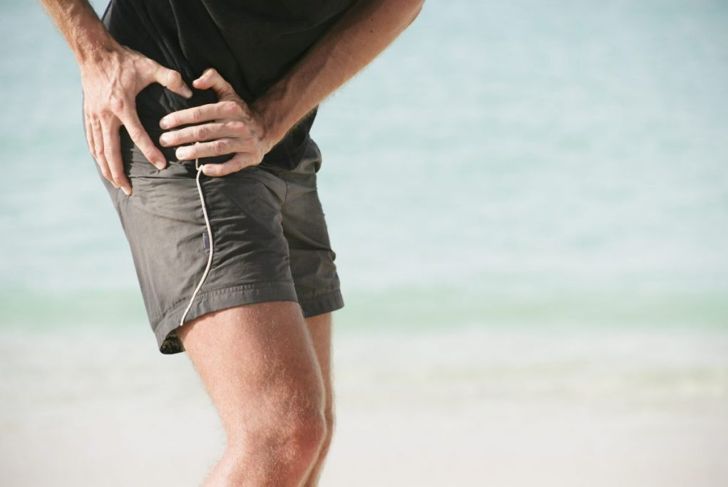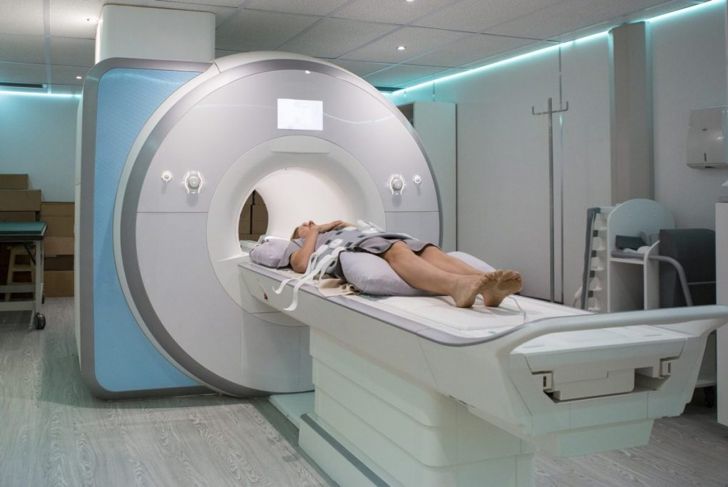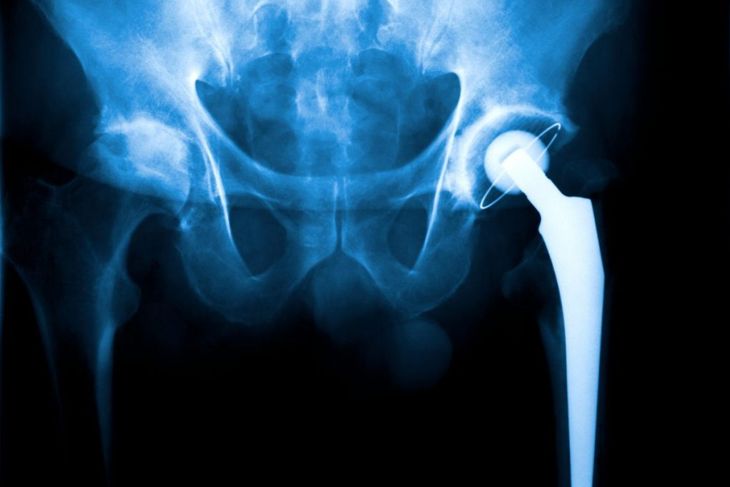Hip impingement is another term for femoroacetabular impingement (FAI). In a healthy hip, the ball and socket joint that joins the thigh bone to the pelvis glides smoothly during movement. Sometimes, alignment problems can prevent the hip joint from moving smoothly, causing hip impingement. This is one of the most common hip problems and a primary cause of arthritis of the hip and pelvis.
Cam Impingement
Two types of impingement occur in the hip: cam and pincer. Cam impingement occurs when the top of the leg bone, the femoral head, has an abnormal shape that prevents it from fitting into the socket properly. When the hip joint moves, the femoral head becomes squeezed or jammed in the socket. This usually only occurs during certain hip movements.
Pincer Impingement
Unlike cam impingement, in pincer impingement, the femoral head is not misshapen. Instead, the socket or acetabulum has developed abnormally, and extra bone extends from the socket beyond the normal point. This growth comes into direct contact with the femoral head which can, over time, cause the femoral head to become crushed where it is under pressure from the socket. In addition to the two types of impingement, it is possible to develop a combination of both. This is known as combination hip impingement.
Symptoms
Hip impingement often does not cause any symptoms in the first stages while the condition is still mild. As the condition progresses, the hip joint may start to feel stiff. The affected person may also find the hip’s range of motion is reduced. Pain is another common symptom, often being felt only when the hip joint is fully flexed, at first, with smaller movements causing pain over time.
Associated Conditions
Certain health conditions increase the risk of developing hip impingement. Legg-Calve-Perthes disease affects blood flow to the hip joint and can cause bone tissue death, leading to hip impingement. In children, a rare condition called coxa vara can cause hip impingement. The ball and socket of the hip joints to grow at different rates and, over time, this size discrepancy causes hip impingement.
Diagnosis
When a person has symptoms of hip impingement, the doctor first conducts a physical exam. During the exam, he or she will test the range of movement in the hip joint to see if and how it is restricted, and may also order medical imaging tests. An x-ray, CT, or MRI scan can show the shape of the femoral head and socket and whether there is any wear on the joint. This will also reveal the development of osteoarthritis.
Conservative Treatment
Unless the condition is quite severe when discovered, doctors will usually attempt conservative treatments before they consider surgery. The person may need to rest the hip as much as possible and avoid activities that aggravate pain. An exercise regime from a physiotherapist can also help strengthen the muscles around the hip, improving stability and range of movement in the joint. Prescription or over-the-counter painkillers can relieve pain.
Surgery
If conservative measures are ineffective, a patient may need surgery to treat hip impingement. Such procedures are usually carried out arthroscopically, with a small incision through which the surgeon inserts the necessary tools including a scope. Minimally invasive surgeries reduce recovery time. During surgery, the surgeon will reshape the femoral head or the socket, so the misshapen areas no longer cause friction and the hip joint can resume normal movement. Surgery success rates vary depending on how badly worn the cartilage.
Hip Replacement
If the cartilage on the hip joint is severely worn, a hip replacement may be the only therapeutic option. This is the last resort when other treatment options have failed to correct the issue. During a hip replacement surgery, the surgeon removes the damaged hip joint completely and replaces it with an artificial ball and socket joint made from a mixture of metal and plastic.
Hip Impingement and Sport
Certain sports, including football, hockey, golf and certain types of dance, greatly increase one’s risk of hip impingement. These activities involve repeated flexing of the hip joints beyond the usual movement range. If an athlete sustains an injury during such an activity, hip impingement is a possible side effect.
Prevention
Often, hip impingement is unavoidable. However, some simple steps can reduce the likelihood of developing severe hip impingement and pain. Maintaining a healthy weight prevents unnecessary pressure on the hip. Regular exercise strengthens the muscles around the hip joint, making it more stable. Avoiding activities where the hips are flexed beyond their usual range of motion can also help prevent hip impingement.

 Home
Home Health
Health Diet & Nutrition
Diet & Nutrition Living Well
Living Well More
More




















